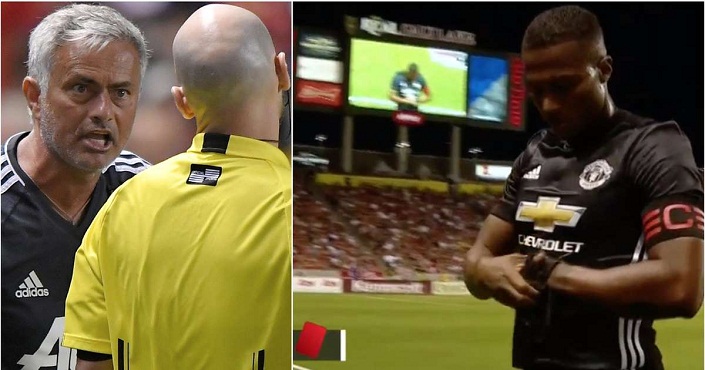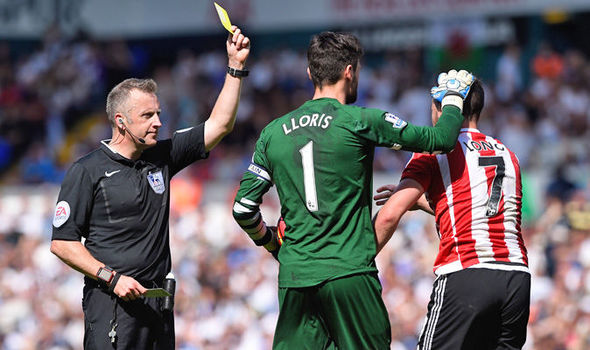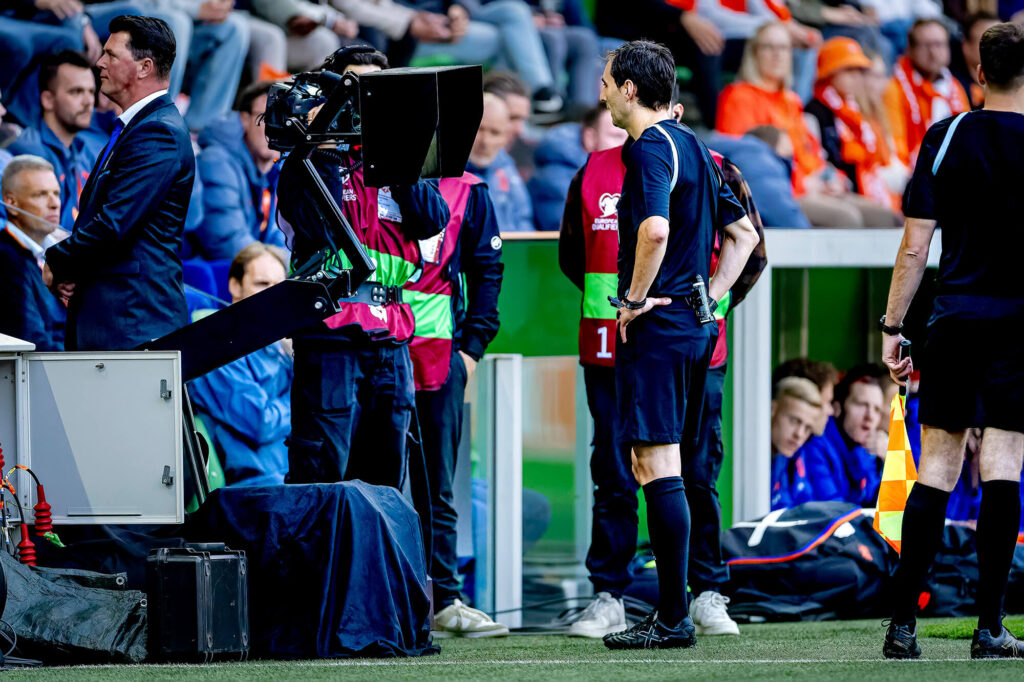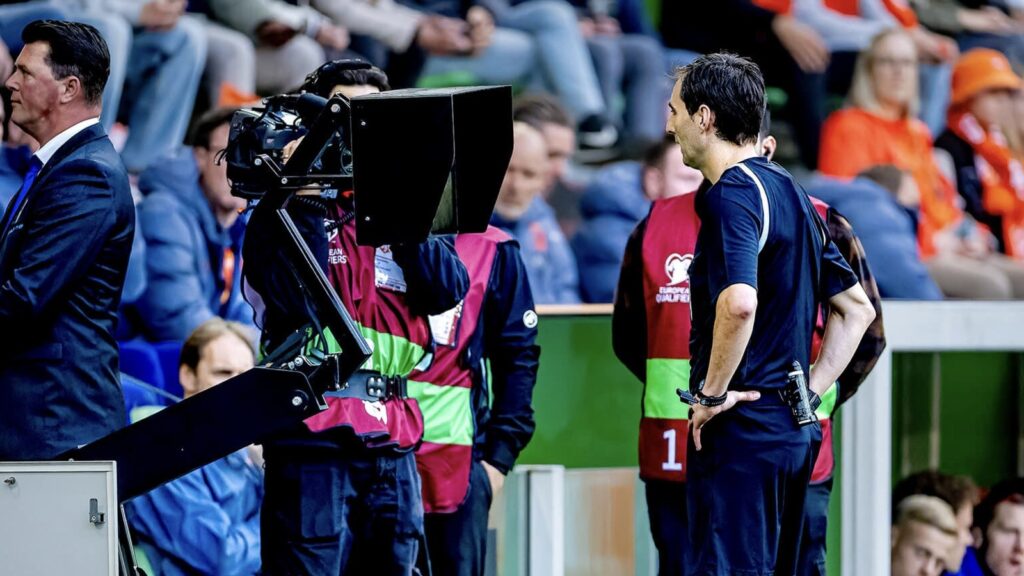From the film, Video Assistant Referee is perhaps one of the most discussed innovations in the modern era of football. The system was set up to help the on-field referees make better decisions but since its rollout, it has generated extreme praise and criticism. This article considers why the VAR system was introduced and how it functions, and goes into the reactions it got from players, experts, and fans.
Why Was VAR Introduced?
Football is a fast-paced sport where a single decision can change the entire course of a match or even a tournament. For much of the last century, refereeing decisions have been contrary to widespread opinion and have incited arguments in both the stands and the media. Handballs missed from sight, offside given when it was not, or penalty given unfairly will always have their share of debates at the highest level.
The purpose of VAR was obvious: to prevent “clear and obvious errors” from arising in a few key slices of match action. It was the sincere belief of FIFA and the International Football Association Board (IFAB), the body responsible for the Laws of the Game, that technology would help human referees, rather than disrupt the game too much.
The first major test of VAR was during the 2016 FIFA Club World Cup. In Russia 2018, it made its World Cup-era debut, playing significant roles in a number of matches. Since then, top leagues like the English Premier League, La Liga, and Serie A have adopted VAR.
What Does VAR Cover?
VAR is not used for every decision. According to IFAB guidelines, VAR is only used for four specific types of incidents:
- Goals – To check for offside, handball, or foul play in the buildup.
- Penalties – To confirm if the decision was correct or if one was missed.
- Direct Red Cards – To assess if a sending-off is justified.
- Mistaken Identity – When a referee penalizes the wrong player.

By limiting the scope, FIFA hoped to keep the game flowing and avoid over-reliance on video technology.
How Does VAR Work?
The VAR system involves a team of officials who monitor the match from a video operations room, often located inside the stadium or in a central hub. The process typically follows three key steps:
1. Check
The VAR team constantly watches the game and checks every major incident. Most of the time, these checks happen in the background without stopping the match.
2. Review
If a potential error is spotted, the VAR team informs the on-field referee, who can:
- Accept the VAR advice (if the situation is clear), or
- Go to the “Referee Review Area” (RRA), a screen at the side of the pitch, to watch the replay themselves.

This part is called an “on-field review” and is used for more subjective decisions.
3. Decision
After the review, the referee makes the final call—whether to stick with the original decision or overturn it based on what the video shows. The referee signals the outcome with a TV-shaped hand gesture.
The whole aim is to help referees “make the correct decision, not a perfect one”, as FIFA puts it.
Examples of VAR in Action
VAR has played a major role in many important matches. Some examples include:

1. 2018 World Cup Final – France vs. Croatia
France was awarded a penalty after Croatian player Ivan Perišić was judged to have handled the ball in the box. The referee originally missed it but awarded a penalty after a VAR review. This decision was hotly debated but followed the rules on handball at the time.
2. 2019 Champions League – Manchester City vs. Tottenham
In the dying moments, Manchester City scored what seemed to be a winning goal. But VAR ruled Sergio Agüero was offside in the buildup, and the goal was disallowed. Spurs advanced, and controversy followed.
3. Premier League 2020 – Multiple Tight Offsides
Several goals were disallowed by VAR for offside, even when a player’s toe or shoulder was barely ahead. This raised concerns about whether technology was being applied too strictly.
Public and Expert Opinions
Since its introduction, VAR has received mixed reactions.
Positive Feedback
- Accuracy: FIFA claimed that refereeing accuracy increased from 95% to 99% after VAR.
- Fairness: Many fans welcomed VAR as it corrected some glaring errors that had long plagued the sport.
- Support from Players: Some players appreciate knowing that big decisions are checked.
Negative Feedback
- Delays: One of the biggest complaints is that VAR checks take too long, breaking the rhythm of the game.
- Inconsistency: Different referees interpret incidents differently, especially with handballs and red cards.
- Lack of Transparency: Fans in stadiums are often left confused during checks, as they don’t hear or see the discussions like in sports such as rugby or cricket.
- Overreliance: Critics argue VAR is used even for incidents that are not “clear and obvious,” going against its core purpose.
Former players like Gary Lineker and Alan Shearer have publicly criticized the system for being overly complicated and inconsistent. On the other hand, FIFA referees like Pierluigi Collina believe VAR is a necessary step forward in modern football.
Major Controversies
1. Handball Confusion
The changing interpretation of handball laws has caused widespread confusion. In the 2019–2020 season, many players were penalized for unintentional handballs because of the stricter rules combined with VAR reviews.
2. Offside Margins
Goals ruled out because a striker’s toe was slightly offside led to criticism that VAR was becoming too technical. In response, leagues like the Premier League introduced “thicker lines” to give attackers the benefit of the doubt.
3. England vs. Denmark – Euro 2020 Semi Final
Raheem Sterling was awarded a soft penalty in extra time. Though reviewed by VAR, the penalty stood, leading to debates about whether the technology really helps with subjective calls.
The Reasoning Behind VAR
At its core, VAR was introduced to make football fairer. With billions of fans, millions in prize money, and national pride on the line, decisions need to be right. Referees are human and can’t catch everything, especially in high-speed situations.
VAR is not about perfection, but about preventing match-changing errors. That said, how it’s implemented matters. FIFA and other football authorities continue to tweak rules and review processes to make VAR smoother and more consistent.

VAR: A Work in Progress
VAR has changed the landscape of football. Some fans see it as a savior of fairness, while others feel it has stolen some of the game’s soul. What’s clear is that VAR is here to stay—but improvements are needed.
Better communication with fans, faster decisions, clearer rules, and more consistent application can help bridge the gap between technology and the human side of football. Like all new tools, VAR requires time and refinement. In the end, the goal remains the same: to let the best team win—for the right reasons.
